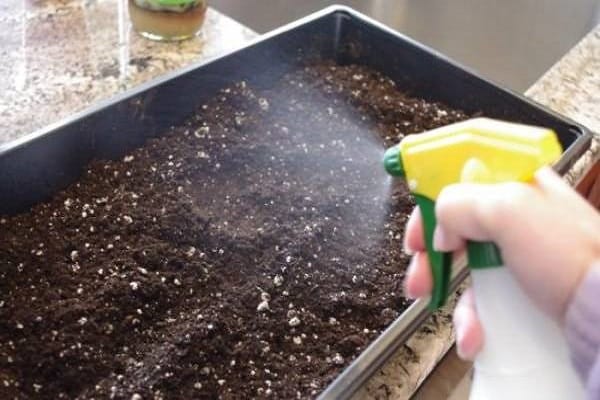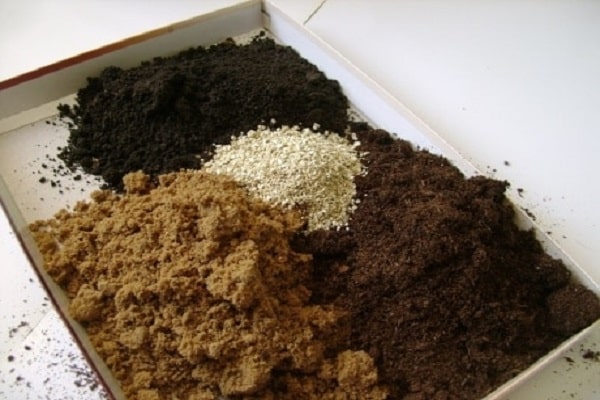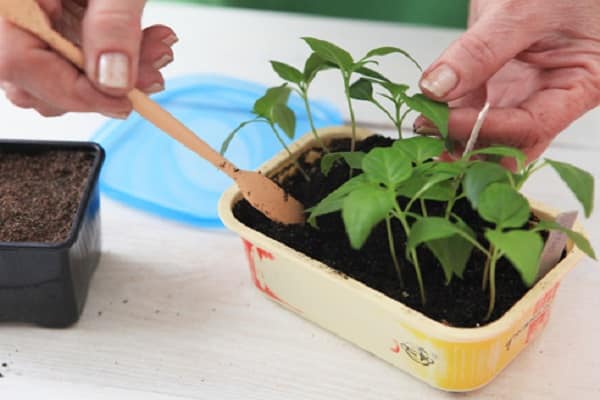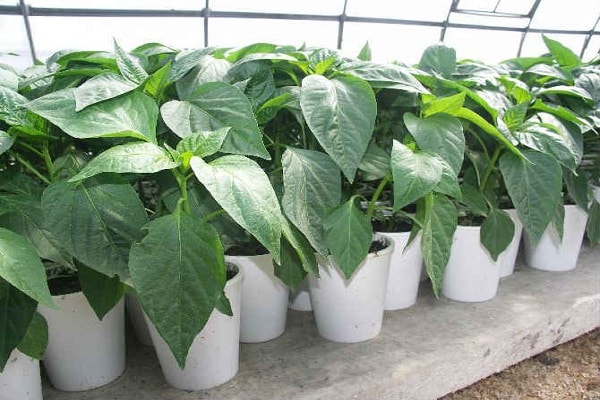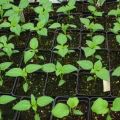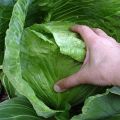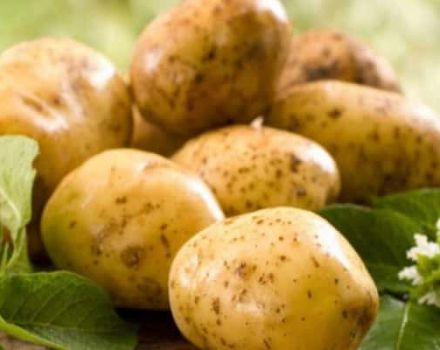Basic methods of how to deal with blackleg pepper
Gardeners and gardeners have ever encountered a disease in plants - black leg or rot of the root collar of seedlings, but not everyone knows what to do with this disease. It spreads to young shoots of immature plants. Let's figure out what kind of infection it is and how to deal with it.
Content
- 1 Causes of the disease
- 2 What plants are susceptible to the disease Black leg disease affects seedlings of the following vegetable crops: cabbage, bell peppers, cucumbers, tomatoes, flowers. As a rule, these are weakened or just starting their growth shoots. An adult plant that has had a black leg will continue to grow, but it will become weakened and will develop much more slowly than a healthy one. In microbial contaminated soil, the next seedling will also get sick. There are methods to combat this infection. How to deal with blackleg pepper
- 3 Prevention
- 4 Basic rules for growing pepper
Causes of the disease
The cause of the disease lies in the ground in which the pepper plant is planted. This is a bacterial disease - microbes multiplying in the soil, without which the earth ceases to be fertile, become dangerous not only for harmful plants, but also for pepper seedlings. She is not able to destroy a healthy, strengthened plant, but weak, just sprouted shoots are destroyed by these bacteria. If the plant has not died, then it will not give the desired yield. Infected seedlings are removed from the soil along with the root. This stops the additional spread of harmful bacteria. Microorganisms that cause blackleg live and multiply in soil at temperatures from 5 degrees, a moist environment helps them in this. Therefore, getting rid of this disease in peppers is problematic.
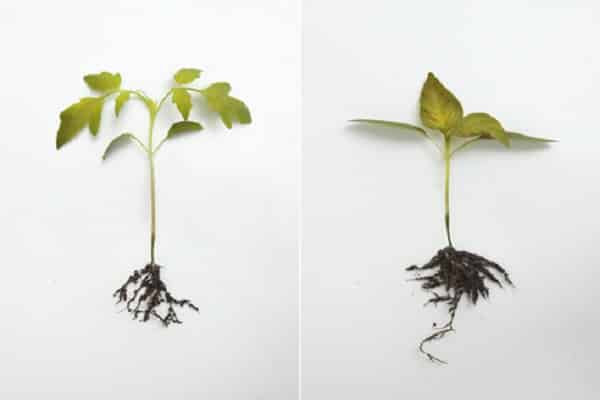
It is difficult to detect the presence of a black leg in the soil before the seedlings are damaged, the bacteria are in the ground, but the infected pepper shoot looks like this:
- At first, the stem is covered with black spots.
- Then the leg becomes thinner.
- The leaves turn yellow.
- The trunk becomes soft.
- The plant dies.

Not removed diseased pepper will multiply the presence of microbes in the soil several times. Surviving sprouts will not yield the same yield as a healthy plant, therefore, if a black leg is found on vegetable crops, measures should be taken immediately to destroy microbes.
Improper care of pepper seedlings also causes the spread of the disease. Precautions when growing pepper seedlings:
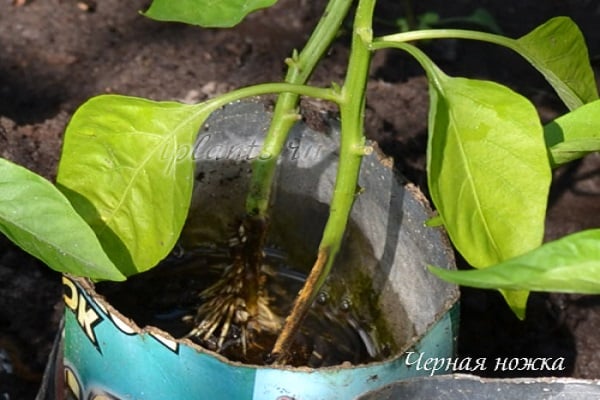
- do not overmoisten the soil,
- use clean, non-contaminated soil,
- do not allow seeds to thicken,
- maintain the desired temperature regime,
- avoid air shortages,
- dive seedlings in time.
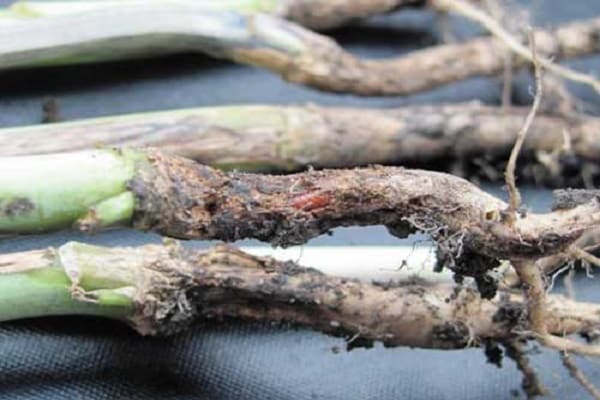
What plants are susceptible to disease
Black leg disease affects seedlings of the following vegetable crops:- cabbage,
- Bell pepper,
- cucumber,
- tomatoes,
- flowers.

As a rule, these are weakened or just starting their growth shoots. An adult plant that has had a black leg will continue to grow, but it will become weakened and will develop much more slowly than a healthy one. In microbial contaminated soil, the next seedling will also get sick. There are methods to combat this infection.
How to deal with blackleg pepper
The disease more often spreads in the earth with high acidity, therefore, in order to prevent it, it must be lowered. For this purpose, lime, chalk, dolomite flour and ash are used. At the first sign, you need to disinfect the soil with a 1% solution of potassium permanganate (3 grams per 10 liters of water). After processing for 3 days, the plants should not be watered. The formalin solution also effectively disinfects the soil. The development of the disease in the soil is stimulated by nitrogen fertilizers, so you need to be careful with them. Infected seedlings are treated with ash or coal to kill bacteria. Pepper plants not cured in time are treated with Fitosporin, Batolit, Fitolavin.

In case of local infection of 1-3 shoots, they are removed with a complete replacement of the soil for seedlings. Further use of soil contaminated with bacteria is possible, but only after disinfection.
You can protect against this ailment by a simple but effective method - hilling. To do this, the germinated seedlings stop watering for 2-3 days, after which the soil around each sprout is spud. Water is poured between the plants on the condition that the stem remains dry. This procedure is carried out during the entire period of seed growth. Thinning is done by cutting off excess plants so the roots will remain unharmed. This method using healthy soil guarantees the growth of quality pepper seedlings.

When a large number of seedlings are infected, they are urgently cut into separate containers with disinfected soil. They are placed for 5-6 days in a shaded place, after the seedlings take root, they are exposed in a sunny place. The first watering should be done with Fitosporin or Maxim. These control methods will save the harvest.

Prevention
So that in the new year the harvest will please with delicious peppers, they carry out the prevention of this disease. Before planting, disinfect the container in which the plant will be planted. The earth is also disinfected - calcined in an oven or over steam. Reduce acidity with ash. You can not use unripe compost, bacteria most often develop in such an environment.
Before planting, pepper seeds are soaked in a solution of potassium permanganate for 3 hours, only after that they are planted in the ground. Seedlings should be watered sparingly, excess moisture will become the causative agent of the disease.
With dense planting of plants, more seedlings will suffer from infection, it is recommended to plant seedlings in separate pots. Seedlings should be placed on a windowsill with sufficient light and an air temperature of 18 to 25 degrees. The film is removed during seed germination, it creates a deficiency of air for plants.

For planting, you cannot use the soil in which tomatoes, peppers, cucumbers used to grow.
To kill bacteria when planting a large number of seeds, Trichodermin is added to the ground. It is an excellent remedy that fights more than 60 types of soil microorganisms that cause plant root rot. Designed for the prevention of infectious diseases of the roots of indoor plants.

The seedlings in peat pellets are protected from this infection. The tablets are impregnated with a fungicide and sterile, in this case the seedlings do without picking. They, together with the pill, are transplanted into separate pots.

Basic rules for growing pepper
So, we figured out what kind of infection it is, where it can appear and how to deal with the black leg in pepper seedlings. To grow healthy seedlings, you need to follow simple instructions. Then you end up with a great harvest.

- For sowing, seeds soaked in potassium permanganate are used.
- Before sowing, the pots are washed with soap or potassium permanganate solution.
- The ground is disinfected before planting.
- It is better to germinate seeds in separate containers to avoid contamination of the whole batch of seedlings.
- Hilling is an effective way to deal with blackleg.
- In case of infection, it is important to immediately take measures to neutralize the soil and seedlings.
- If several seedlings become infected, they must be immediately removed along with the soil.

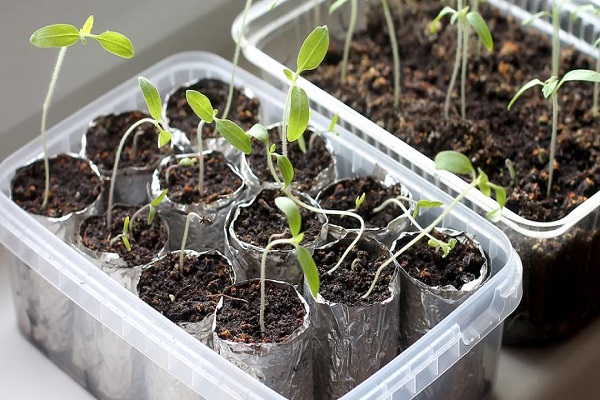
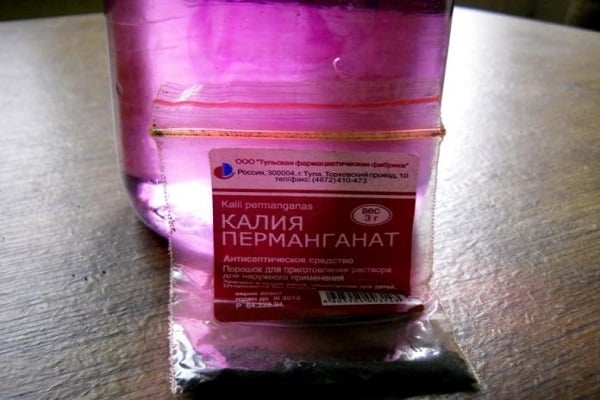
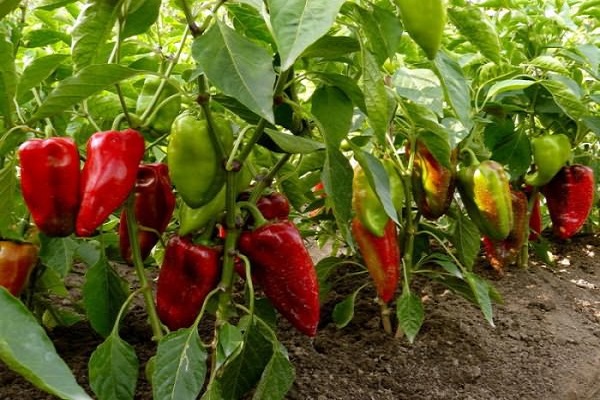
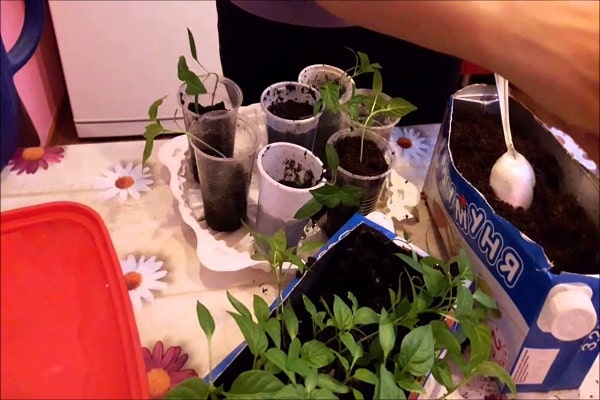
Before planting, pepper seeds are soaked in a solution of potassium permanganate for 3 hours, only after that they are planted in the ground. Seedlings should be watered sparingly, excess moisture will become the causative agent of the disease.
